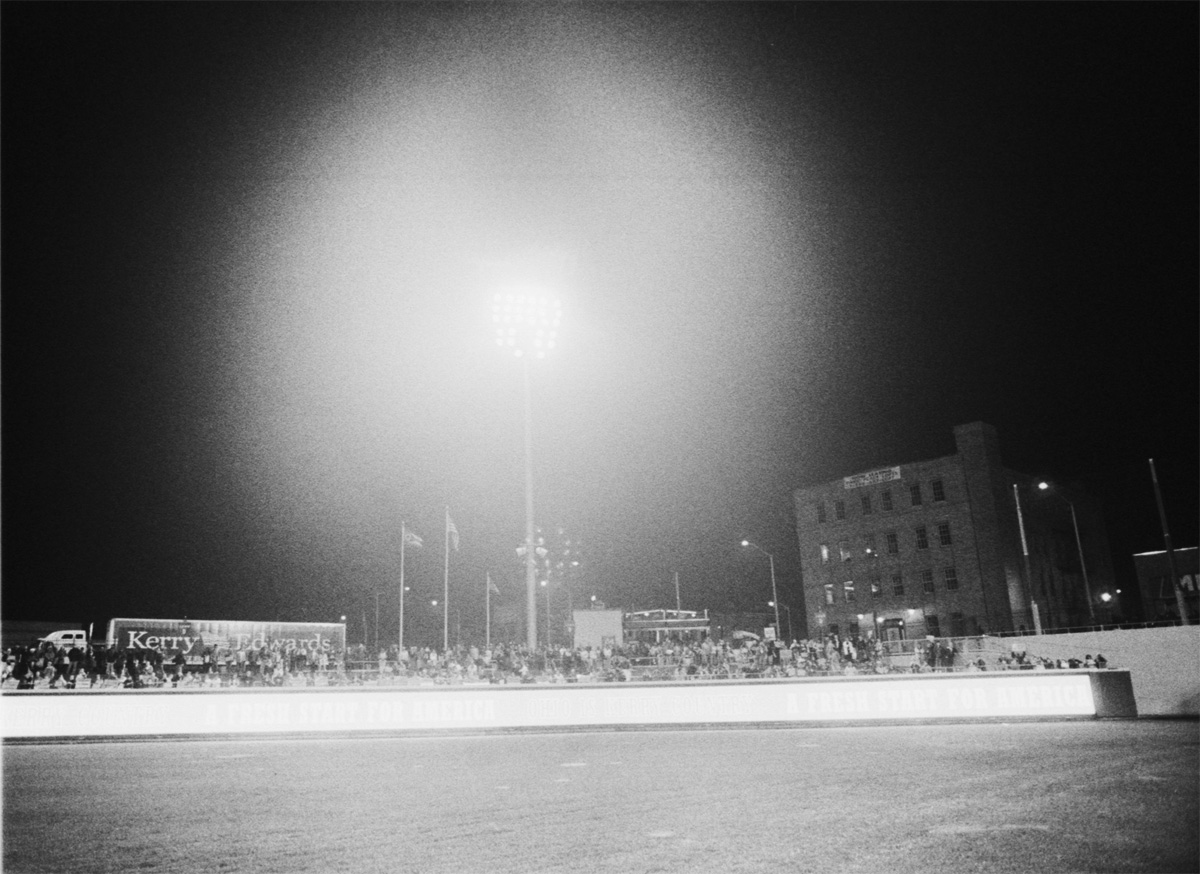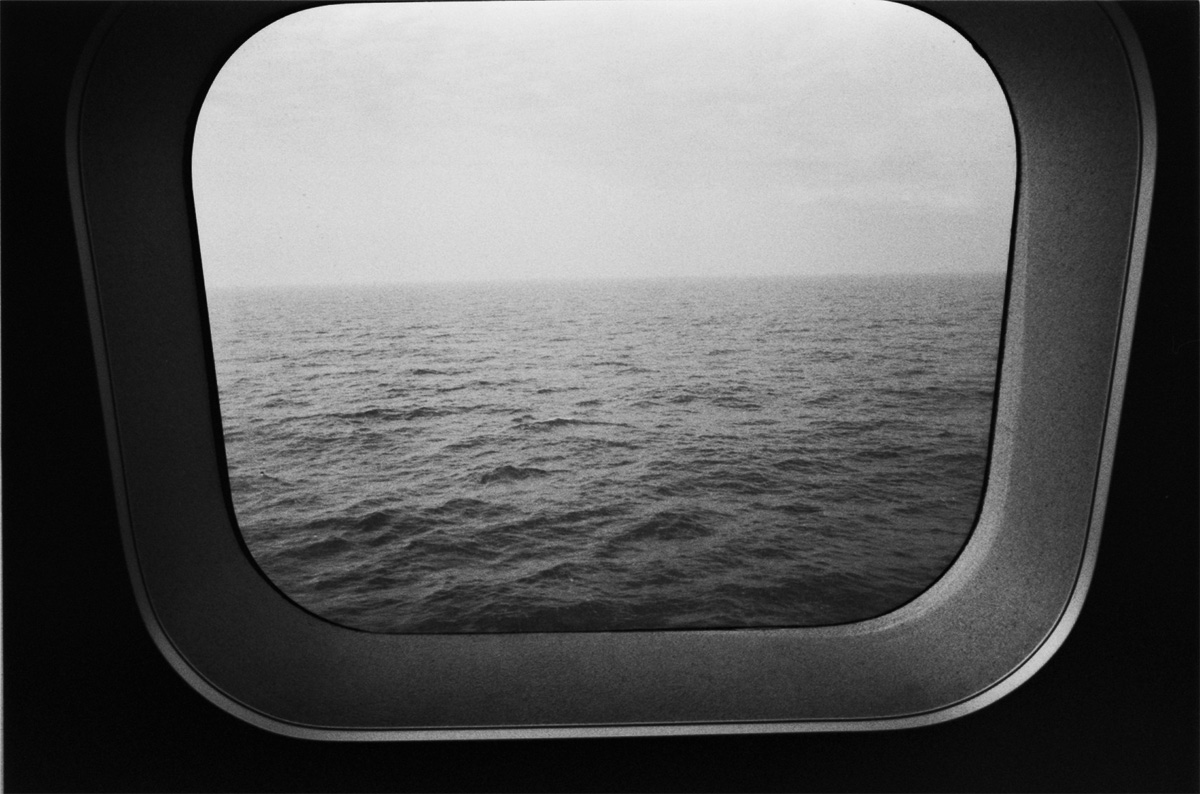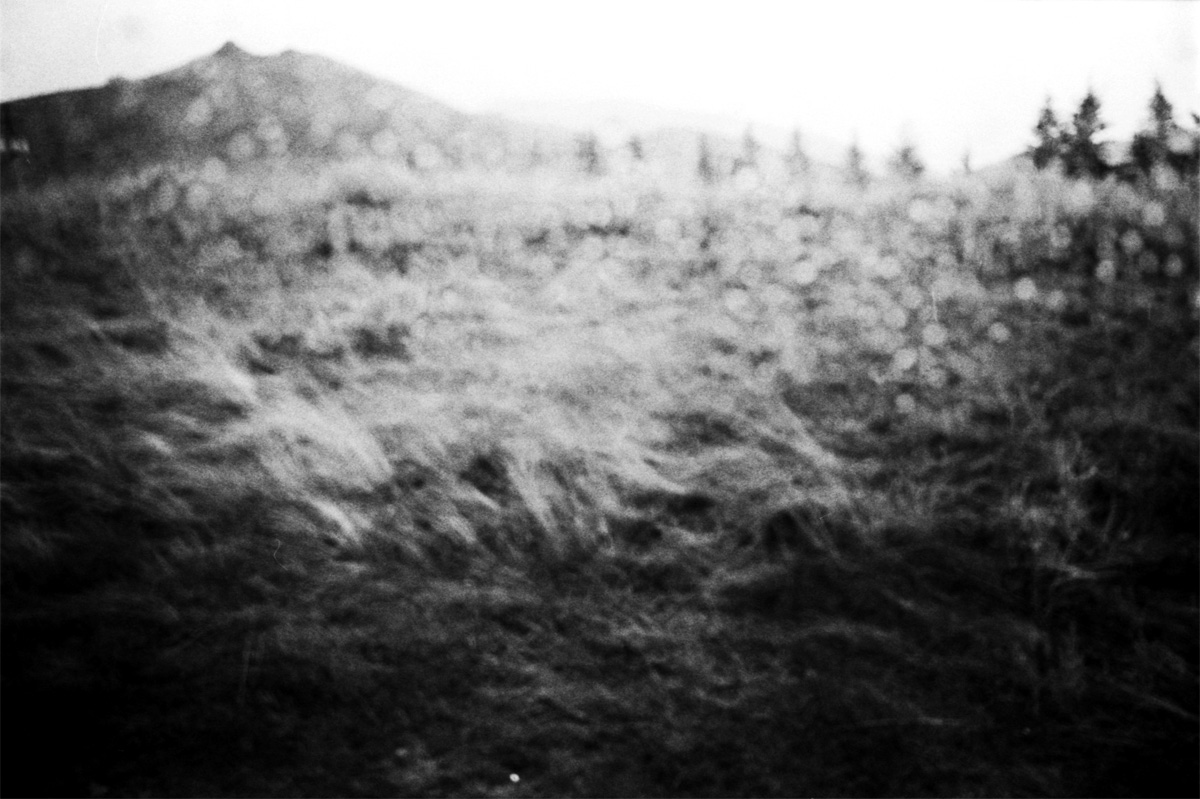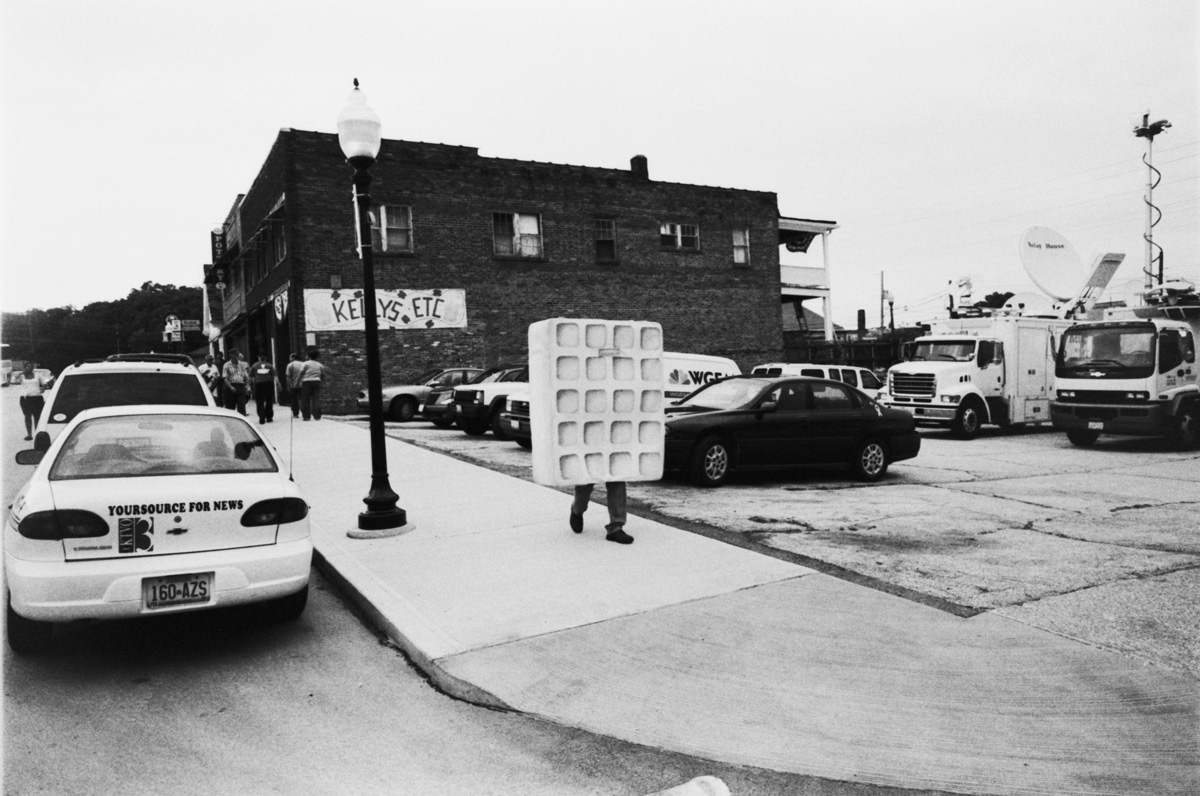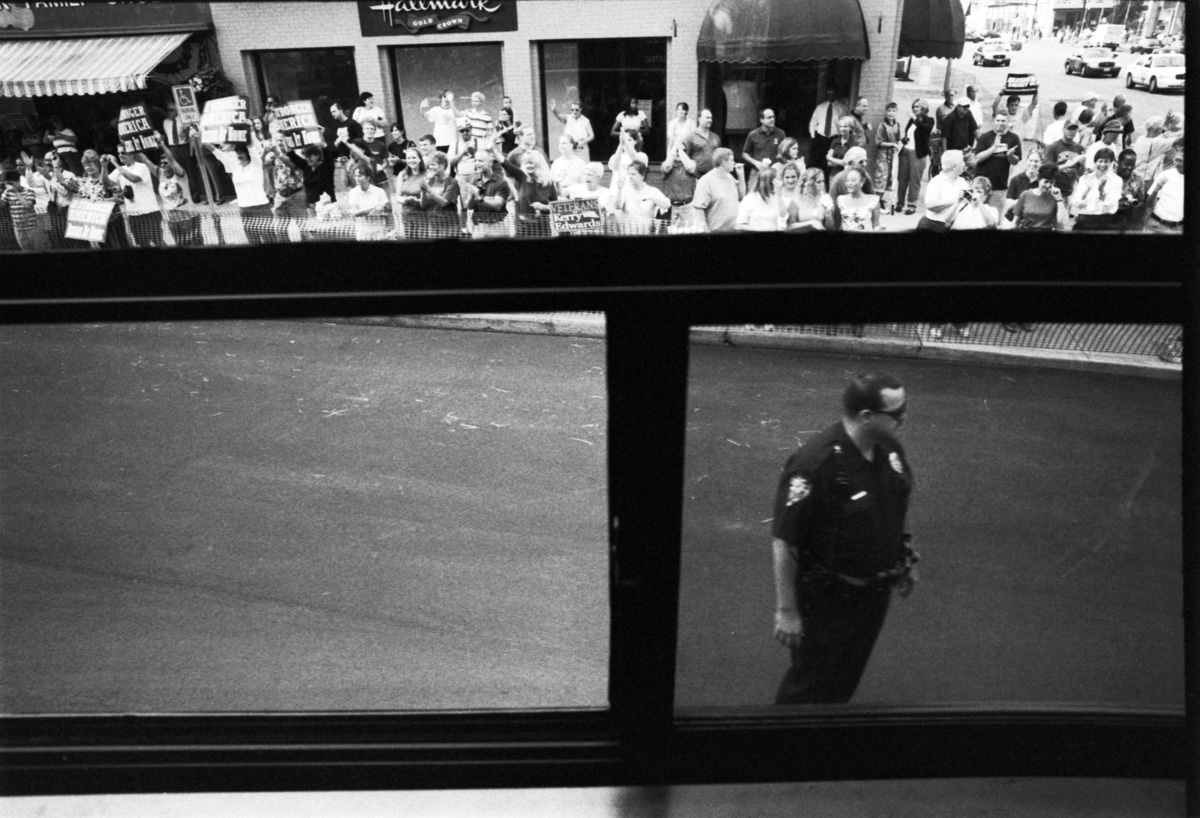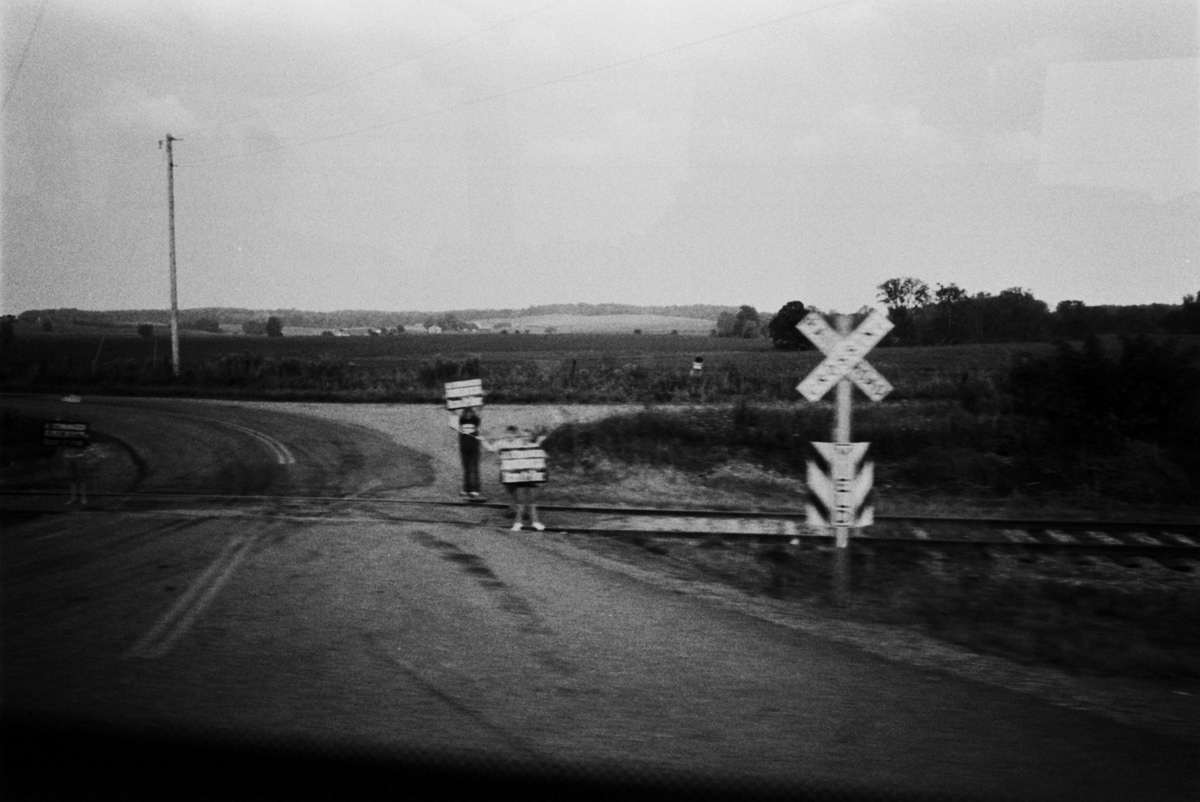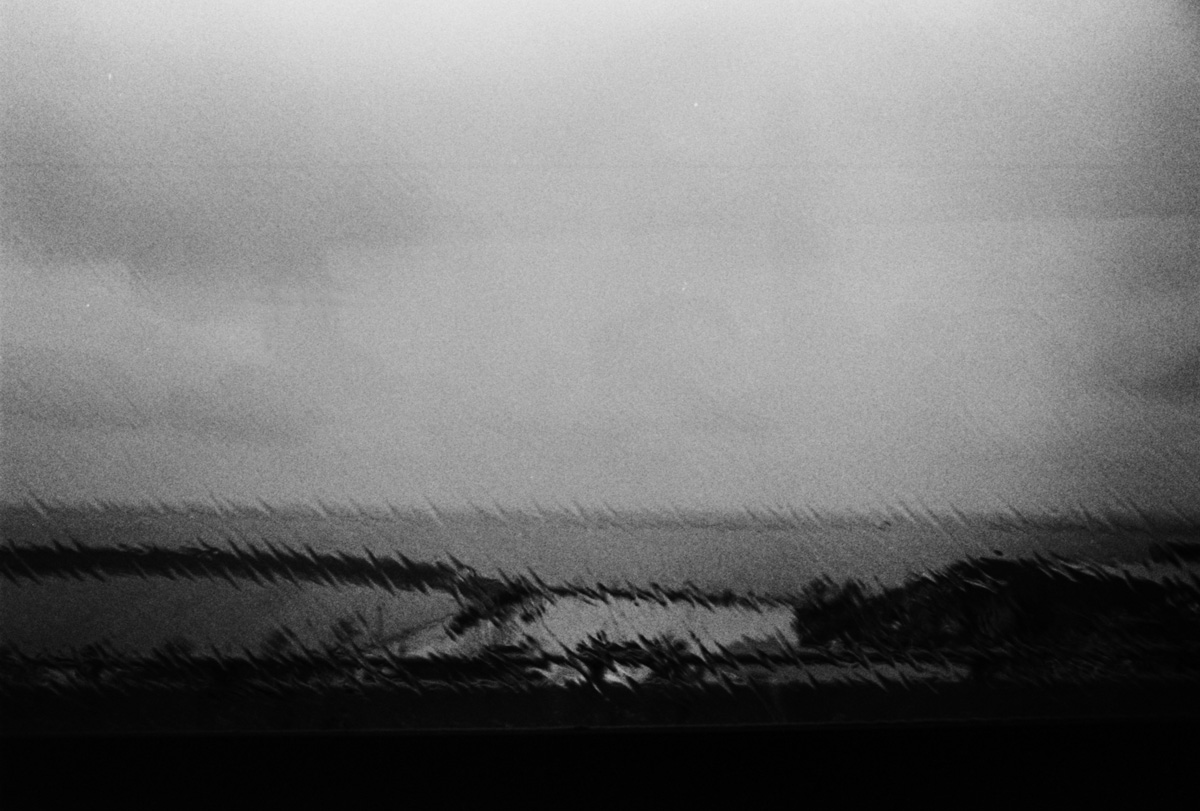Hector Mata Studio
The American photographer Hector Mata has evolved a potent approach to both conceptual photography and video during the last decade. This has given a striking, thought-provoking turn to his recent work in the visual arts, in which he addresses contemporary issues.
If before, when he was in his twenties, his stance was that of a trueblood photojournalist, he has developed a fine visual proposal, partly based on a quest for information that converses with both the research aspects and the empathy of the individual engaging in photojournalism; and partly, on the ethos of contemporary visual narratives. Through the use of subtle conceptual filters, Mata puts the accent on the displacement of the experience of the real, in the construction of his photographic images, and introduces framing devices to channel emotion. In video, Mata has fused his penchant for the construction of meaning through the carefully-structured visuality of the images and the expressive generation of rhythm through editing, with a stark viewpoint on objects and individuals that reveals his understanding of the man in the street as an actor in everyday life: one whose destiny can change dramatically in the heat of the moment but who is also known to rise to the situation and transform the commonplace by the sheer impulse to reject all the givens. The characters in his video narratives, more often than not are heroes without the heroics the public wants to see; and it is interesting to consider that Mata, for one, does not appear to be interested in portraying self-invented and promoted anti-heroes.
In his recent work, Mata is exploring the experience of the moving image from the perspective of the viewer, inducing the participant into an hypnotic trance. The world described in recent videos show us what it appears to be urban landscapes in perpetual motion. A dirty, abstract view of cities in their constant transformation. The use of sound that he carefully design accelerates the sense of fluidity and the non permanence of matter. Reality as we perceive it, is gone. A new reality replaces it.
Americanos
America's portrait by Hector Mata is rooted in the documentary tradition of a generation of photographers that found its reference in Robert Frank's seminal book "The Americans". References to this book are numerous, from some images' composition techniques as well as from the approach. It is A journey through every state in the country during a particular period: The America of the Post War of Frank's work, the Presidential Election Campaign in Mata's case. Mata's framework sets the parameters by which we measure the US at that particular moment of its history. The people's convictions and ideology is therefore shown in a clear way. The inhabitants of these photographs openly express their hopes, fears and the achievements of a nation awaking after the traumatic events of September 11.
Also, removed from the electoral context, some images detach themselves, almost in a surreal way, coming to life in contrast to the explicit content that could be read in other images from the same period.
The work escapes somehow the structure of classic documentary reportage, offering more sensual portraits as well as abstract images of the great plains of the Midwest, Airport and buses, hotels and restaurants, and carries the endless roads that connect the country, icons of modernity. Those images bring us to the "road movie" of Hollywood...
America is in constant motion, with no fixed concepts. It is perhaps the sign of the time, more fluid, transient, where everyday life becomes the center piece.
MMIV is a window. A window as a recurring image and also a frame from which reality is perceived. A fragmented reality of a country in constant transformation.
Hector Mata Studio
The American photographer Hector Mata has evolved a potent approach to both conceptual photography and video during the last decade. This has given a striking, thought-provoking turn to his recent work in the visual arts, in which he addresses contemporary issues.
If before, when he was in his twenties, his stance was that of a trueblood photojournalist, he has developed a fine visual proposal, partly based on a quest for information that converses with both the research aspects and the empathy of the individual engaging in photojournalism; and partly, on the ethos of contemporary visual narratives. Through the use of subtle conceptual filters, Mata puts the accent on the displacement of the experience of the real, in the construction of his photographic images, and introduces framing devices to channel emotion. In video, Mata has fused his penchant for the construction of meaning through the carefully-structured visuality of the images and the expressive generation of rhythm through editing, with a stark viewpoint on objects and individuals that reveals his understanding of the man in the street as an actor in everyday life: one whose destiny can change dramatically in the heat of the moment but who is also known to rise to the situation and transform the commonplace by the sheer impulse to reject all the givens. The characters in his video narratives, more often than not are heroes without the heroics the public wants to see; and it is interesting to consider that Mata, for one, does not appear to be interested in portraying self-invented and promoted anti-heroes.
In his recent work, Mata is exploring the experience of the moving image from the perspective of the viewer, inducing the participant into an hypnotic trance. The world described in recent videos show us what it appears to be urban landscapes in perpetual motion. A dirty, abstract view of cities in their constant transformation. The use of sound that he carefully design accelerates the sense of fluidity and the non permanence of matter. Reality as we perceive it, is gone. A new reality replaces it.
